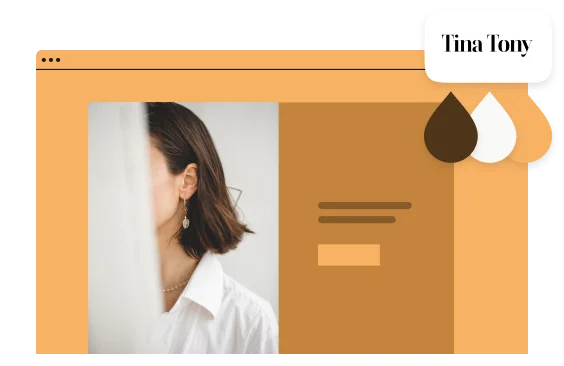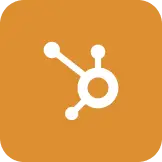- TOOLUSE CASE
- Popular Categories
- Pricing
What do you need help with?
Searching...
Trending Topics
Here’s what other people are finding most useful right now:
Get started with Typeform
New to Typeform? Here's how to get started on your first creation.Community workshop: Automatically create and send PDF reports from typeform responses
Discover an effortless way to generate tailored reports for survey and quiz participants – without any coding!Embed your typeform on popular site builders
How to embed your Typeform on Wordpress, Squarespace, Webflow, Shopify, or Google SitesLogic troubleshooting
Also known as question branching, Logic lets you give users a more personalized experience that saves time.Using Hidden Fields
Hidden Fields let you use data you’ve already collected, to track information and make your typeforms more personal.How to publish your typeform
Ready to roll? Hit ‘Publish’ to make your typeform live to the world. Here’s a little help in case of stage fright (we get it!)Top guides
Whether you’re getting started, troubleshooting, or going pro, we’ve got a guide for it
Billing & Payments FAQ
From changing your plan to updating your payment methods, find all the answers here.Add users to Organizations and Workspaces
If you have a Plus or higher plan, here’s how to give access to multiple users so they can collaborate on your typeforms.I can’t log into my account
Having trouble accessing Typeform? Don’t worry, you’ll be back in before you know it. Here’s what might be happening.Top videos
Watch and learn with walk-through demos and tutorials
Top discussions
Browse the latest hot topics and discussions in the Community
More than one question per page
Is this possible with typeforms and if not, why not? Join the discussion here and keep up to date with new developments.Saving information before submission
You can only collect data when a respondent completes your typeform. What are some ways to gather responses sooner?Why is my typeform 'closed'?
No one wants your typeform collection to be interrupted. Here’s why they sometimes get closed and how to avoid it.Still got questions?
Feel free to contact us or ask the Community.
Got a Business or Enterprise plan? to use Live Chat.



